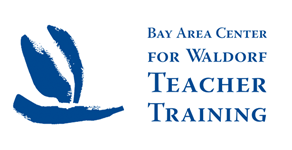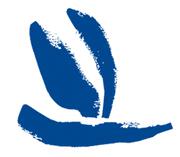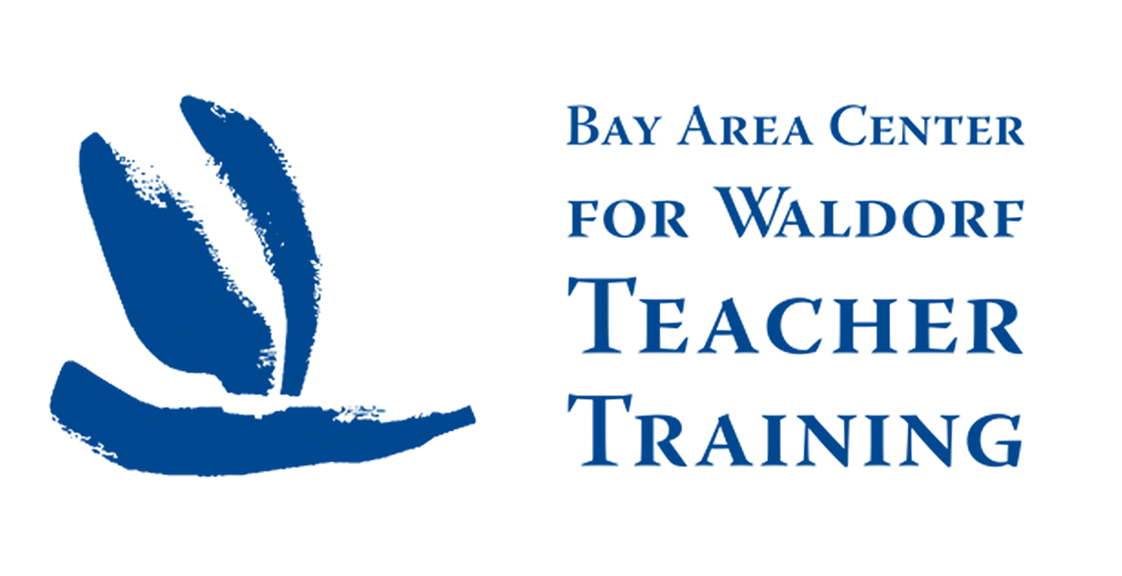Dear BACWTT Students, Alumni and Colleagues,
This email is a way to make up for the fact that we are not able to meet in person for our weekly Town Meeting and although we are officially on our Spring Break to also share some thoughts about Easter that we would have had at our Assembly on April 4th.
Here is the Calendar of the Soul for this week:
Verse 1
When from the world’s wide realms
The sun speaks to the human mind,
And joy from depths of souls
Unites with light in gazing,
Then thoughts from selfhood’s sheath
Stream into far spread spaces,
And dimly bind
The human being to the Spirit’s life.
This is the first verse in the Calendar of the Soul cycle, which begins and ends at Easter.
It is very helpful to go back and forth between the last verse – which is the end of the cycle and this one which is the beginning, to experience the shift. With these verses we can enter into a feeling for the flow back and forth – of what streams down to the human being and what streams upward. We may also be able to catch the main shift – a downward movement in Verse 52 working into the human being culminating in a wedding of spirit to the human – which changes this week to an upward and outward movement as “thoughts from selfhood’s sheath stream into far spread spaces”. A turning point in the year.
When contemplating these flows and exchanges that Steiner is describing we need a more organic, complex and rich picture to support our understanding. It is more than one flow, more than two flows, it is a complex combination of flows – like Starlings weaving through the air or like the surging of seaweeds in the tide.
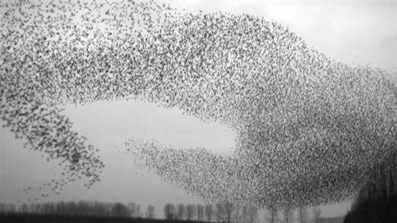
With words that call up images Steiner invites us to imagine the invisible surging, pulsing, weaving movements that we are surrounded by and a part of.
One of the gifts of the Calendar of the Soul is that it creates a continuity of inner experience for us in relation to the events in nature and the turning of the year. And this continuity becomes very helpful when we arrive at key moments in the year – festivals – so that we have a bridge to help us across into something they may have died away into tradition, or have become empty, trivialized, commercialized, and which we might have no meaningful relationship to.
As a modern person we have access to an incredible amount of information and historical, cultural perspectives. We can find information about the many ways in which cultures have shaped a festival to celebrate this time of year. Unfortunately all of this knowledge and understanding becomes useless in knowing what we should do – for ourselves – now. How should we present day people with our present way of living, our concerns and feelings, our particular way of connecting to the spirit shape such a festival.
I have been deeply impressed by the thoughts in Roger Lipsey’s book – ‘An Art of Our Own, The Spiritual in Twentieth Century Art’. He quotes the sculptor Constantin Brancusi who told an interviewer when he first came to the United States in 1926, for an exhibition of his work, that he felt it was time we had an art of our own, he hoped his work would be recognized as being of and for our time, an art of our own.
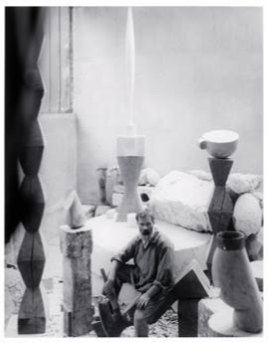
The gesture of Brancusi to search for something truly contemporary, that truly reflects who we are and the real challenges we are facing for me has a quality appropriate to the festival of Easter.
It requires a willingness to let die all that has gone before that is not relevant and to recreate out of oneself the new necessary forms for the time. In the same way that in the germination of the seed – everything that the parent plant has built up in the form and substance of the seed is disintegrated in the moment of coming into life of the new seedling plant.
What courage lives in the inner life of the plant at the moment of germination – we can only imagine – to dissolve and break all that has been built up for it. What sacrifice lives in the inner life of the plant which accepts it must die away so that everything now depends upon the vitality of the new.
Constantin Brancusi in his life and artistic journey lived this experience. Like many other artists of his time he explored all kinds of ancient art in the search for something original – be-fore giving up – and turning to himself to generate something truly contemporary. It is fascinating to read his biography – at one moment he threw everything out of his studio and from that moment on insisted that only things that he himself had made should have a place there.
Perhaps we can sense this gesture in the verse this week – an important turning point is ex-pressed in the searching from out of one’s self. The binding or connecting to the spirit is initiated from the human being.
This Easter is unique for many of us in the Waldorf movement. The joy of celebrating 100 years of Waldorf Education which began in September, is now, six months later, changed into deep concern for its wellbeing. Is this Easter an Easter moment for Waldorf education?
We may ask ourselves at this time, as the Covid19 virus forces us into a period of change: What are the thoughts we can hold – that will stream out – so that the heart and goals of this work – will be bound to the spirit life – and if need be – find its true new contemporary form.
Ken
Kenneth Smith, Director; BACWTT
